1. Coca-Cola Was Once Sold as a Nerve Tonic
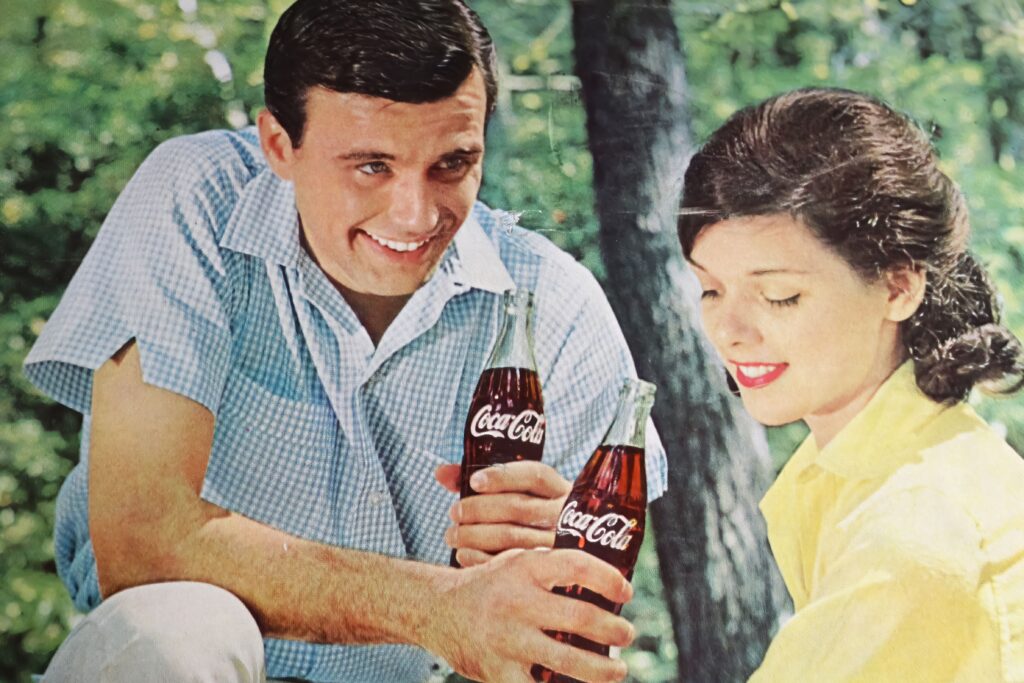
Back in the late 1800s, Coca-Cola was marketed as a medicinal drink that could cure headaches, boost energy, and even calm your nerves. It was originally formulated by a pharmacist and did, in fact, contain a small amount of cocaine—which was legal at the time. People were drinking it thinking it was practically a health elixir. The ads promised it would make you feel more alert and focused, almost like a 19th-century miracle potion says Smithsonian Magazine.
Of course, today we know that drinking a sugary soda probably isn’t the best move for mental clarity or health. Coca-Cola eventually removed the cocaine and pivoted to marketing it more as a refreshing beverage. But those early years really leaned hard into the “tonic for what ails you” angle. Looking back, it’s hard not to shake your head at just how seriously people took the health claims. It wasn’t just a drink—it was a prescription you could sip. The line between pharmacy and fountain shop was a blurry one for a while adds Open Culture.
2. Lucky Strike Cigarettes Claimed to Help with Digestion
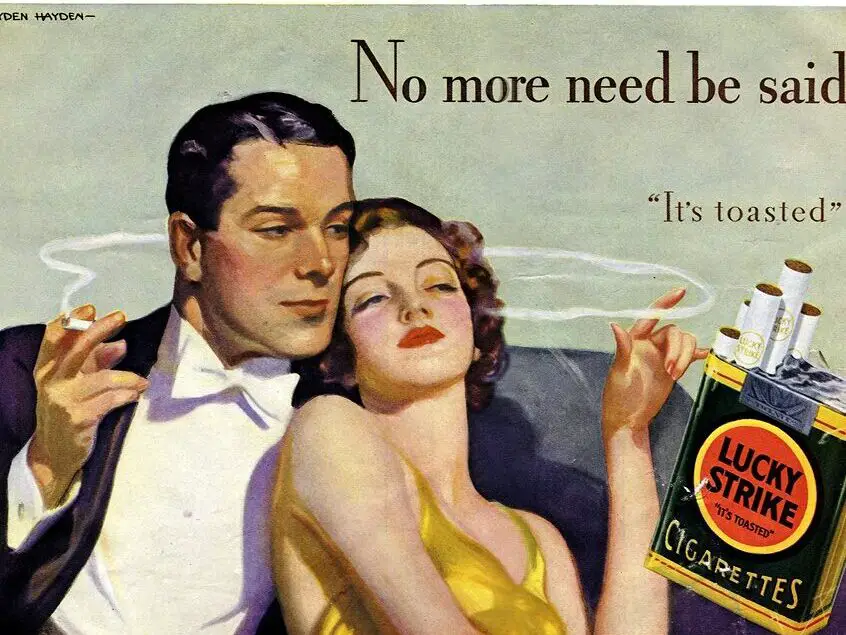
In the 1920s and ’30s, Lucky Strike ads pushed the idea that smoking could actually help you stay slim and aid digestion. Their slogan “Reach for a Lucky instead of a sweet” made it sound like puffing on a cigarette was somehow better than having dessert. It was a clever (and dangerous) way to link weight control with smoking. People genuinely believed lighting up after dinner was good for their bodies says Healio.
Of course, we now know how incredibly harmful cigarettes are to just about every part of the body. But back then, doctors even appeared in ads promoting cigarettes, which gave the claims extra weight. The idea that a cigarette could replace a snack now seems completely absurd. Still, the ads worked—they made smoking look not only cool but practically nutritious. It’s no wonder the truth took decades to surface adds USA Today.
3. Tapeworm Diet Pills Promised Effortless Weight Loss
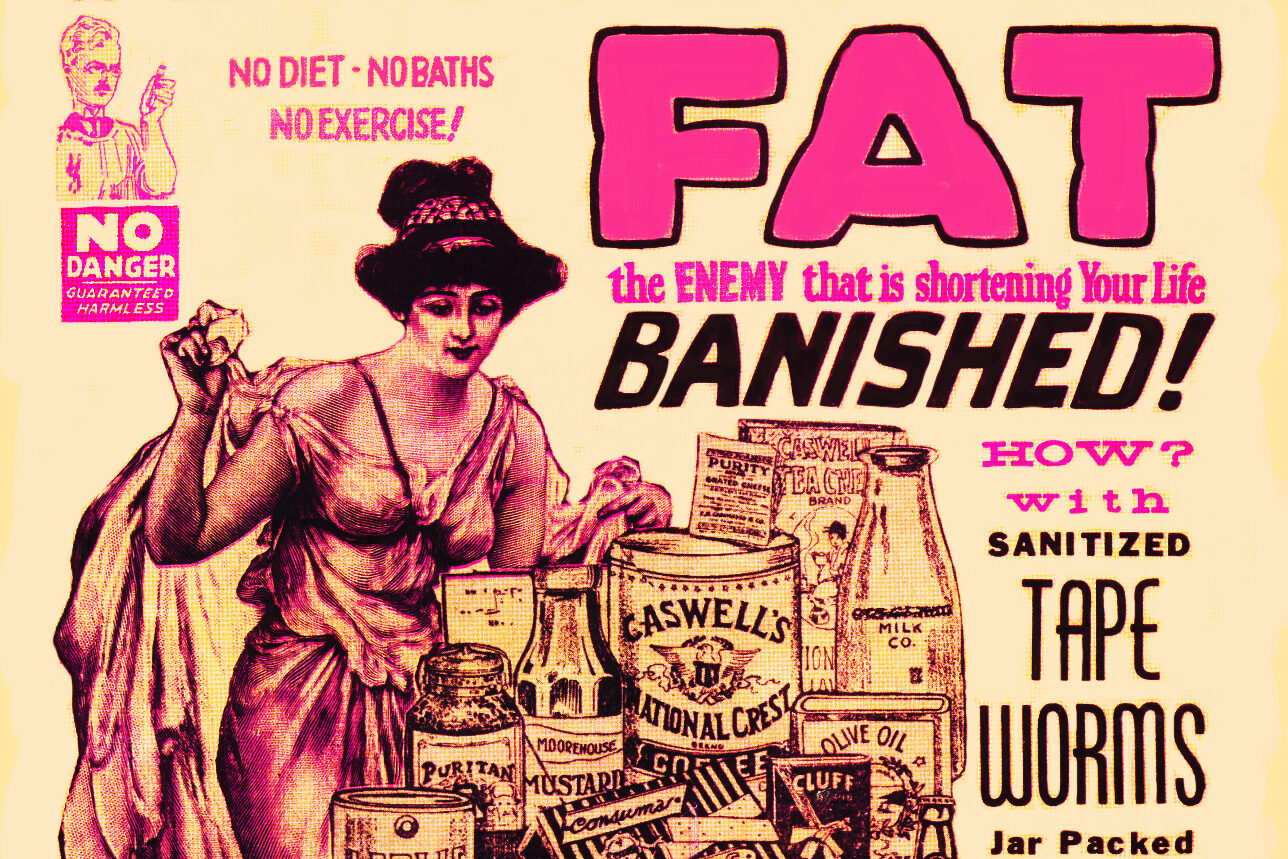
In the early 20th century, some products actually marketed tapeworm eggs as a way to shed unwanted pounds. The idea was that you’d swallow a pill, a tapeworm would hatch inside you, and it would “help” by eating your food before your body could absorb the calories. It sounds like a horror movie now, but back then, it was pitched as a breakthrough. Women desperate to lose weight were especially targeted with these claims.
What they didn’t tell you was how dangerous and disgusting this method really was. Tapeworms can cause serious nutritional deficiencies, organ damage, and even death. But that didn’t stop companies from marketing it as a clean and easy solution. The ads promised slimness without effort, and sadly, people believed them. It’s a terrifying example of how far marketing could go before regulations stepped in. Thankfully, this is one fad that didn’t make a comeback.
4. Sugar Was Once Advertised as an Energy Booster for Kids
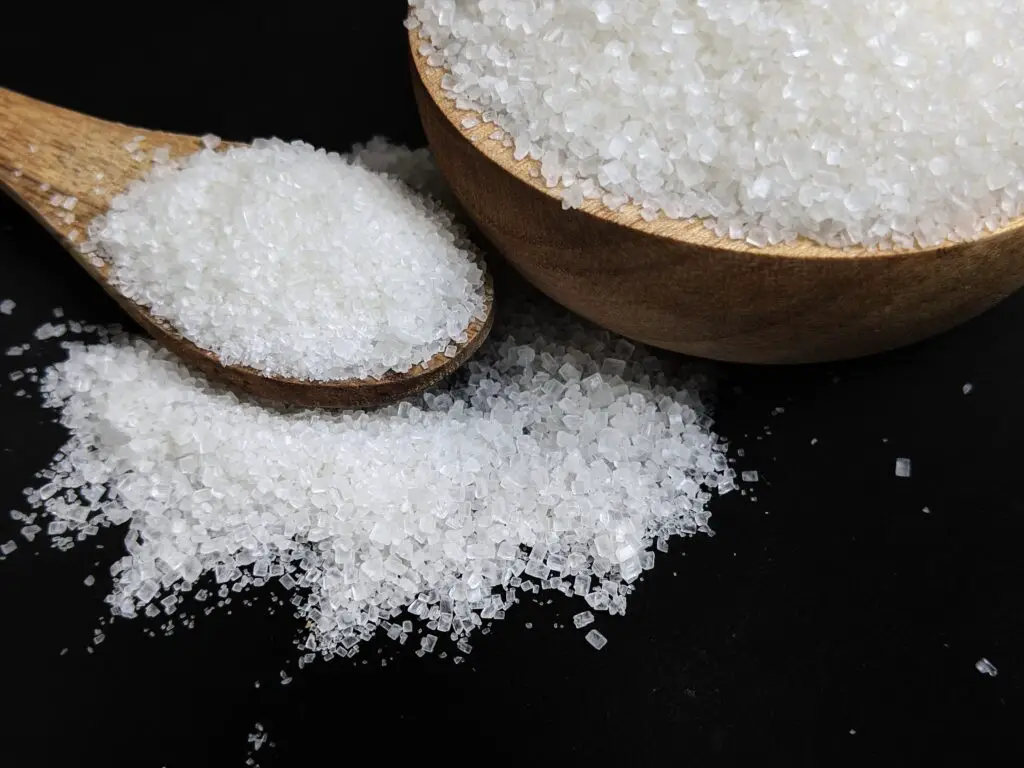
Believe it or not, sugar was once sold to parents as a health food for kids. In the ’50s and ’60s, ads claimed sugar gave children the energy they needed to play and grow. Some campaigns even showed moms happily sprinkling sugar over their kids’ food, saying it helped them stay active. It’s wild to think that now we’re constantly warned to limit sugar in children’s diets.
Back then, though, the science around sugar was murky and often twisted by industry influence. The sugar lobby played a big role in shaping public perception, even funding studies to downplay health risks. So while moms thought they were doing the right thing, they were unknowingly fueling a future of cavities and crashes. The irony is that now sugar is often blamed for everything from obesity to hyperactivity. Those sweet little spoonfuls weren’t so innocent after all.
5. Ovaltine Was Marketed as a Complete Health Drink
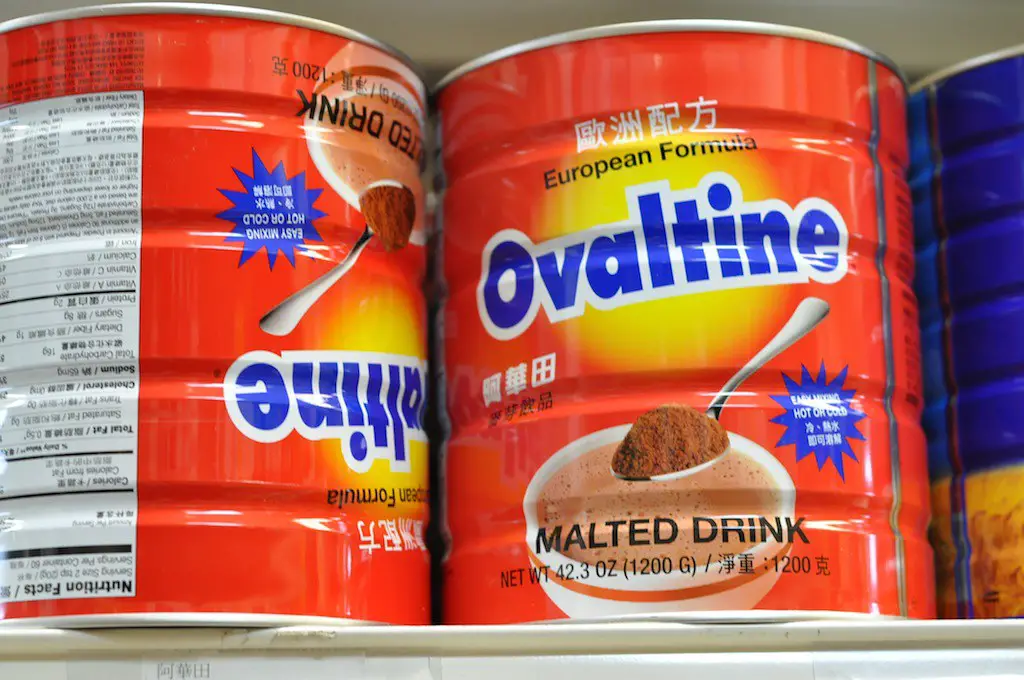
For generations, Ovaltine was sold as a miracle malted drink that could basically replace a meal. It was especially pushed on kids and parents with promises of stronger bones, more energy, and better sleep. The ads were everywhere—on the radio, in comic books, even endorsed by Little Orphan Annie. You were practically a bad parent if you didn’t have a tin of it in the pantry.
But despite all those bold claims, Ovaltine is really just a sweet, malted beverage with added vitamins. It’s not exactly junk food, but it’s nowhere near the super supplement they made it out to be. It was heavily fortified, yes, but calling it a complete health drink was a serious stretch. Today, most people treat it more like a nostalgic comfort drink than a medical miracle. And honestly, that’s probably where it belongs.
6. 7-Up Was Once Marketed as a Baby Drink
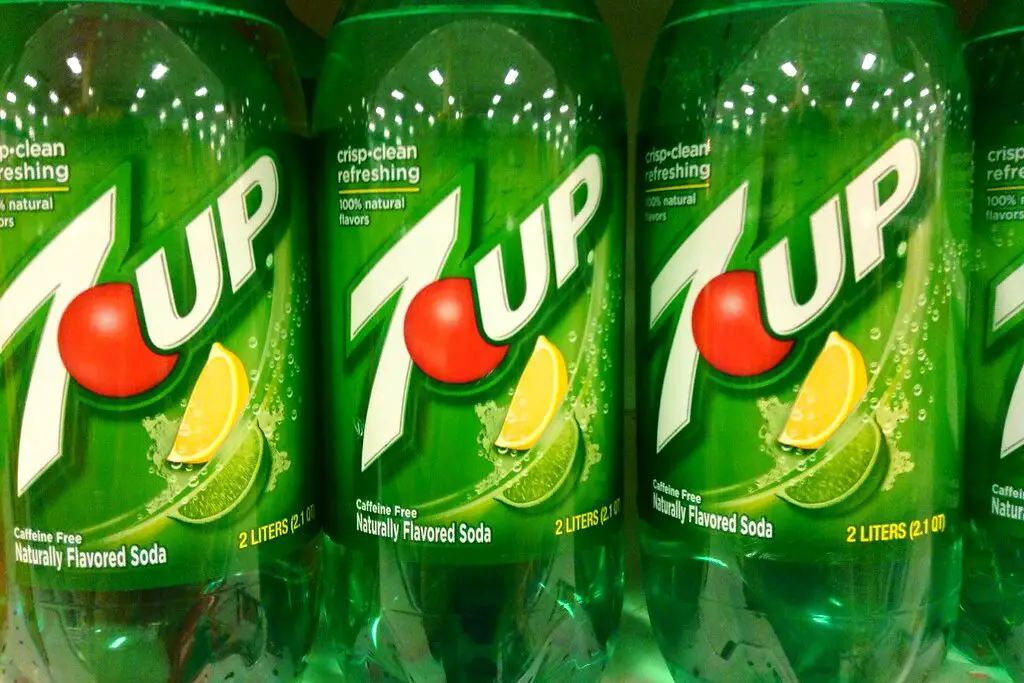
This one is hard to believe, but there was a time when 7-Up was actually advertised as being good for babies. A print ad from the ’50s showed a smiling baby with a bottle and encouraged mothers to mix 7-Up with milk to make it more appealing. It claimed the soda was “so pure” and helped form “good habits early.” Yes, really—they were telling parents to give soda to infants.
Of course, that sounds completely irresponsible by today’s standards. No one would recommend giving sugary, caffeinated beverages to children now, let alone babies. But back then, soda companies were looking for any angle to boost sales. The idea of purity and gentleness helped soften the reality of what was in the bottle. It’s a striking example of how marketing could override common sense. Thankfully, pediatric advice has come a long way.
7. Fleischmann’s Yeast Promised Clear Skin
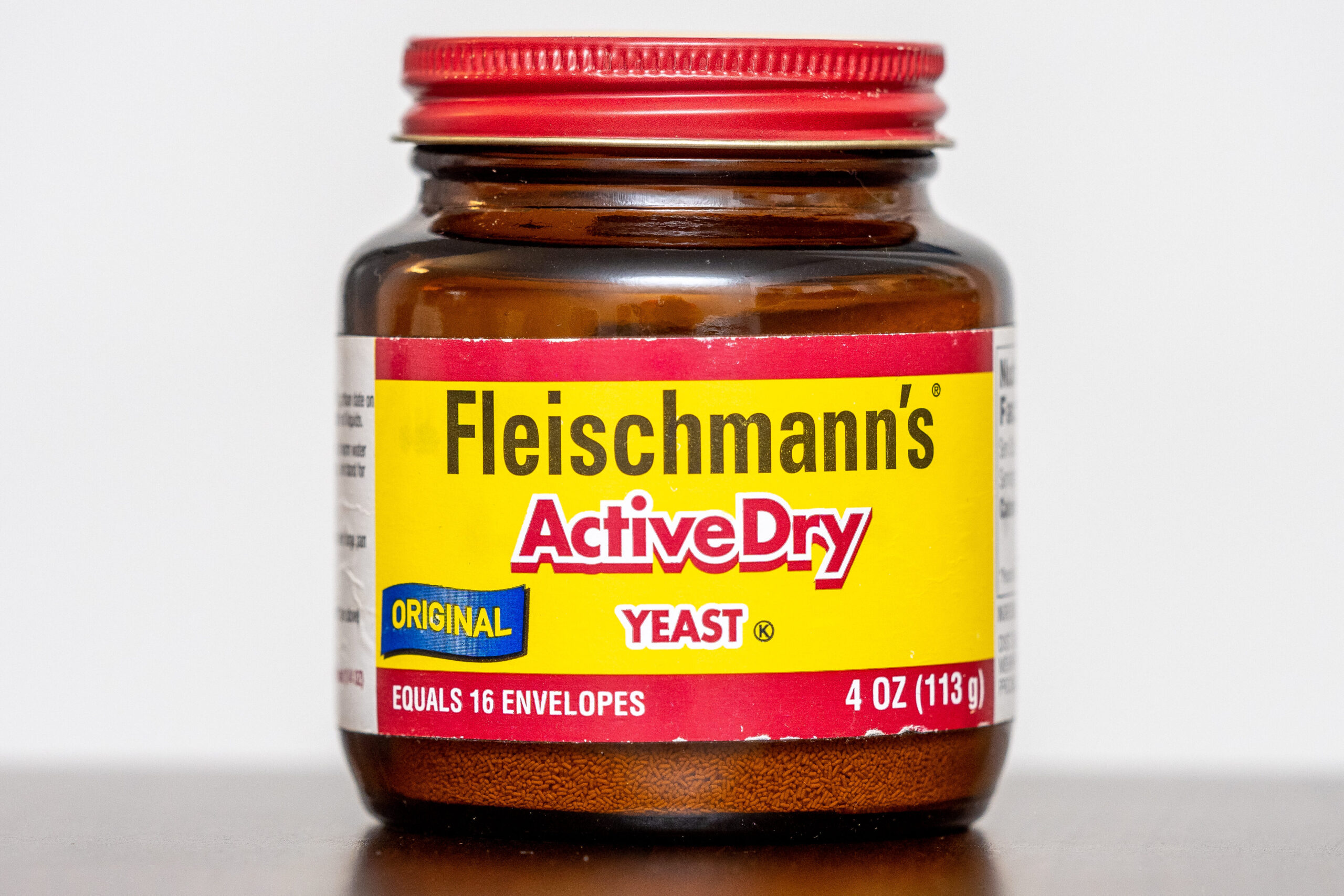
In the 1930s, Fleischmann’s Yeast started promoting its product not just for baking but for beauty. They claimed that taking a spoonful of yeast daily could clear up acne, give you glowing skin, and improve digestion. Ads showed young women smiling confidently with captions like “No More Skin Troubles!” It made yeast sound like a magical solution to teenage insecurities.
While there is some B-vitamin content in yeast, the idea that it alone could cure acne was more wishful thinking than scientific fact. Still, the campaign was wildly successful and helped move the product from just a baking staple to a supposed beauty must-have. The ads were so persuasive that many people tried it without questioning the science. It’s one of those health claims that sounds just plausible enough to buy into. But yeast isn’t quite the skincare superstar they made it out to be.
8. Radithor Promised to Boost Vitality—with Radiation
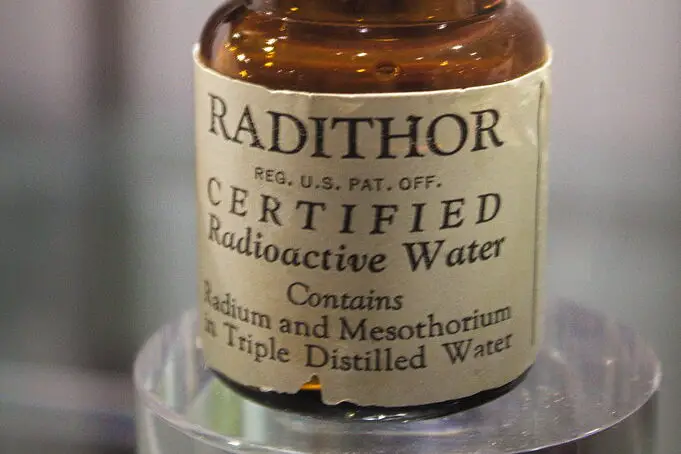
Radithor was a radioactive energy drink sold in the 1920s and advertised as a cure-all for fatigue, impotence, and general sluggishness. The drink actually contained radium, a radioactive element that we now know is incredibly dangerous. At the time, though, radiation was new and exciting—and marketers saw dollar signs. People genuinely thought they were drinking a fountain of youth.
One famous case involved a wealthy man named Eben Byers, who drank bottles of it daily until his bones started disintegrating. He eventually died from radiation poisoning, which helped expose how dangerous the product really was. It’s a chilling reminder of what happens when science and marketing get mixed up without oversight. Radithor is now studied as a cautionary tale in both medical and advertising history. It’s hard to imagine anything like that getting past us today—but never say never.
9. Grape-Nuts Claimed to Cure Appendicitis
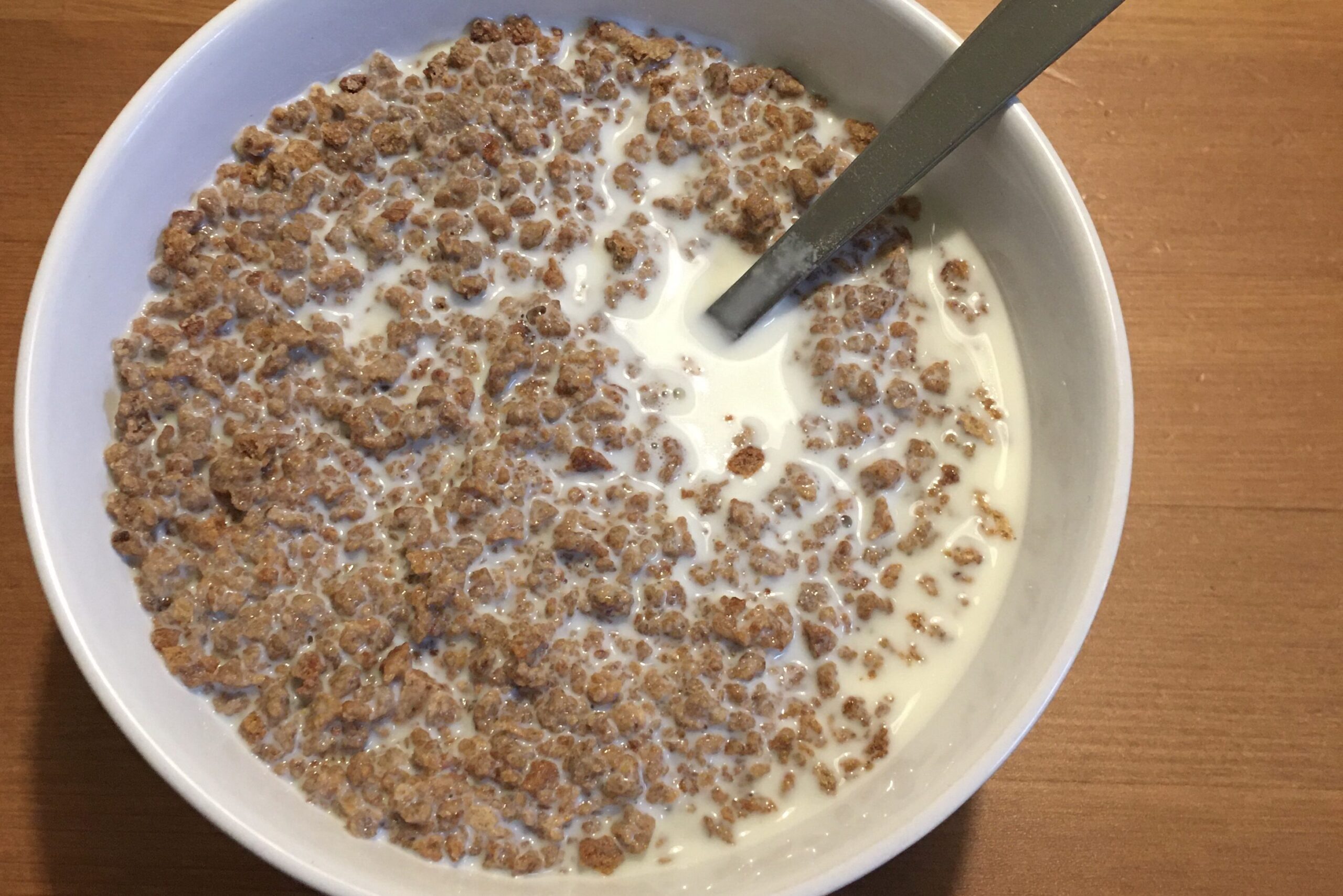
Grape-Nuts cereal was once promoted as a treatment for all kinds of ailments, including appendicitis. Ads in the early 1900s claimed the cereal’s simple ingredients and high nutritional value could prevent or even cure the condition. They also suggested it could help with indigestion, mental fatigue, and overall health. It was positioned as a kind of medical miracle in a box.
Obviously, we now know that no cereal can treat appendicitis, which often requires emergency surgery. But that didn’t stop people from believing the claims—especially since Grape-Nuts was one of the first heavily marketed cereals in America. The company leaned on testimonials and pseudo-medical language to sound convincing. It’s another example of how food and medicine were strangely intertwined. While Grape-Nuts is still around, it’s no longer trying to double as a doctor.
10. Lysol Was Sold as a Feminine Hygiene Product
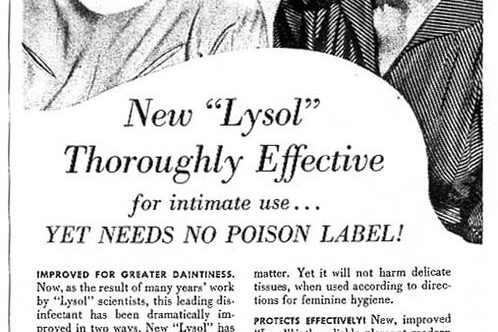
Before it was known as a disinfectant, Lysol was marketed to women in the early 20th century as a “feminine hygiene” solution. The ads implied that using it would help keep a woman “fresh,” prevent infections, and even maintain a happy marriage. It was a thinly veiled message that cleanliness equaled worthiness—and Lysol was the key. Many women used it as a type of douche, not knowing how harmful it could be.
Lysol contains harsh chemicals that should never be used internally, but that warning wasn’t widely known at the time. The marketing was all about fear and shame, with medical-sounding endorsements to back it up. Sadly, many women suffered burns and long-term damage because they trusted the ads. It’s a disturbing example of how misleading claims targeted vulnerable people. And it’s a reminder that not all vintage marketing was charming or harmless.
11. Baby Formula Was Once Advertised as Healthier Than Breast Milk
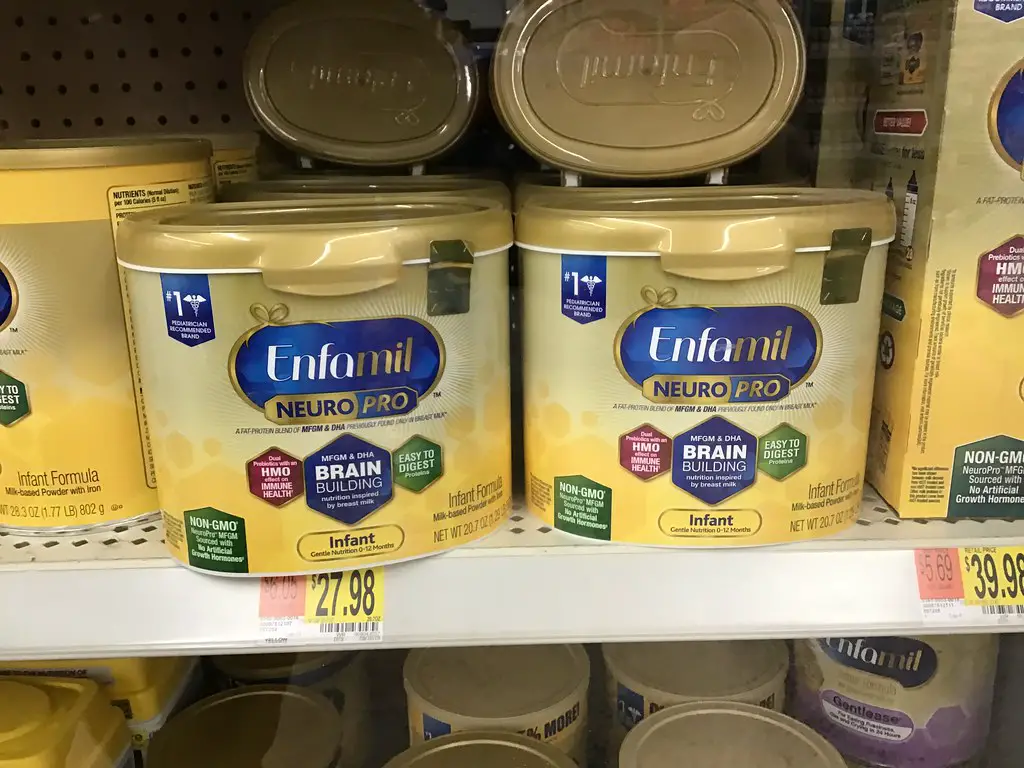
In the mid-20th century, formula companies launched major ad campaigns claiming their products were cleaner, more nutritious, and more modern than breast milk. They told mothers that science had created the perfect baby food—no guesswork, no inconvenience. Doctors were even recruited to back up the claims, making it sound like a no-brainer switch. Many women, wanting the best for their babies, took the advice at face value.
Of course, we now know that breast milk offers unmatched immune benefits and is ideal for infant development in most cases. But at the time, formula was a symbol of progress and modern motherhood. Unfortunately, those misleading ads led generations of moms to doubt their own bodies. The emotional impact of that messaging still lingers for many. It’s a classic case of profit over people.
12. Sanka Was Sold as a Heart-Healthy Coffee
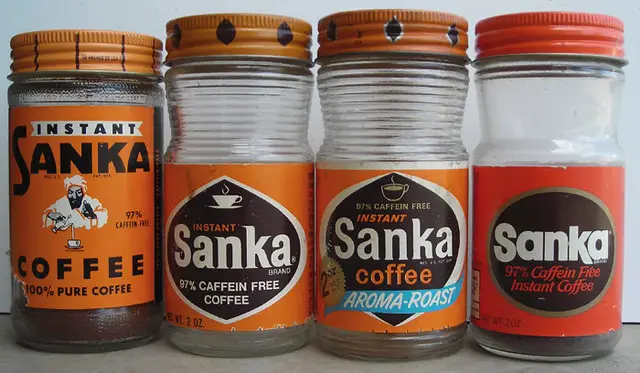
Sanka, one of the first popular decaf coffee brands, was marketed heavily in the mid-20th century as the “sensible” choice for heart health. The ads painted regular coffee as risky, while Sanka offered all the taste without the caffeine “danger.” It made it sound like drinking other coffees could practically cause a heart attack on the spot. Sanka, on the other hand, was pitched as the safer, smarter alternative.
While there may be benefits to reducing caffeine for some individuals, the sweeping health claims didn’t exactly hold up under scrutiny. The campaign played into people’s fears without offering much science to back it up. Still, it worked—Sanka became a household name. It’s another example of using health as a hook, even if the facts were fuzzy. Today, decaf has its place, but it’s no miracle brew.
13. Lard Was Marketed as a Pure and Healthy Cooking Fat
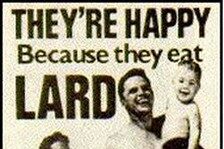
Before vegetable oils took over, lard was sold as the ideal fat for everything from frying to baking. Early 20th-century ads described it as “pure,” “wholesome,” and even “digestible.” Companies emphasized that it was a natural product, especially compared to those newfangled shortenings. The messaging made lard sound practically virtuous.
Of course, we later learned that excessive animal fats could contribute to heart disease and other health issues. But at the time, no one blinked at a kitchen full of lard tins. It was the gold standard, backed by tradition and powerful advertising. The health halo around it only faded when medical research started to catch up. Still, for many older cooks, the smell of sizzling lard is pure nostalgia—regardless of the science.
